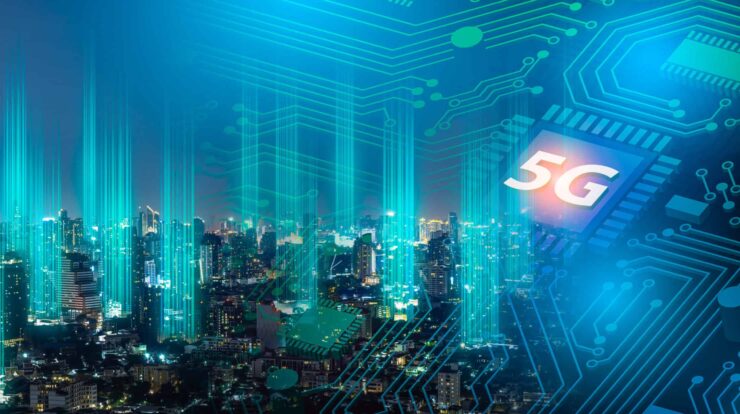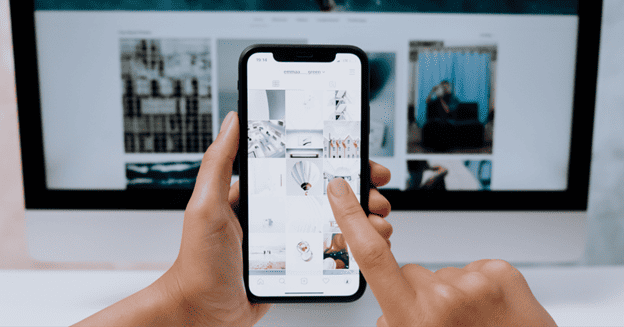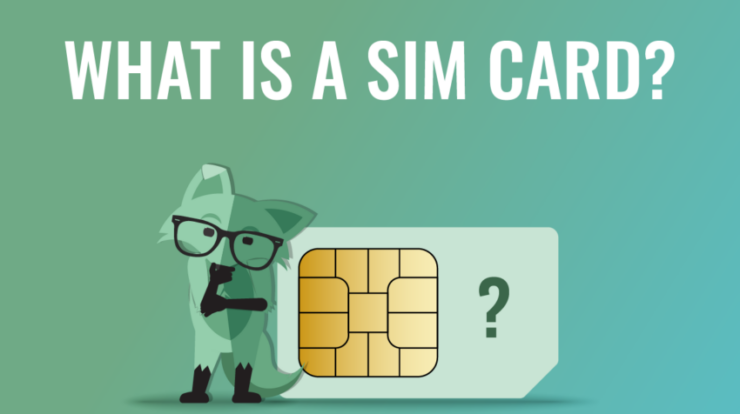
What is 5g uc? 5G technology is expected to revolutionize the digital world by providing faster data speeds, lower latency, and higher capacity for both consumers and businesses. The creation of cutting-edge goods and services, data-driven decision-making, and increased productivity are all made possible by 5G for businesses. Customers may expect uninterrupted gaming, smooth video streaming, and new opportunities in augmented and virtual reality as 5G’s wide coverage links previously inaccessible locations and spurs innovations across several sectors.
What is 5g uc? What does 5g uc mean?
In today’s rapidly evolving digital world, the global rollout of 5G technology has brought about a disruptive age for businesses and consumers alike.
I’d like to discuss some of the amazing implications of the 5G connection, looking at how it’s changing a number of industries, enhancing customer experiences, and paving the way for innovative technologies that could fundamentally alter how we communicate, work, and live.
What is 5G UC Android and iPhone?
What kind of 5G service you are receiving may be seen on the iPhone. Indeed, there are other varieties, such as 5G UC. Do you recall the hoopla around 5G back then, when many believed they could browse the web and upload images to the cloud in addition to downloading a whole 4K movie in a matter of seconds?
Yes, that hasn’t truly come to pass. Although 5G is faster than 4G, the sunny uplands that marketers had promised never materialized haven’t actually materialized. In all honesty, most people’s everyday smartphone use probably doesn’t allow them to distinguish between 4G and 5G speeds.
Most consumers only see the little “5G” or “4G” indicator in their iPhone’s status bar, which indicates they are using 5G instead of 4G. The fact that certain users might not see the typical “5G” status symbol is what’s intriguing and a little perplexing. An indicator that reads “5GUC,” “5G+,” or “5GUW” can be visible to them.
What does 5g uc mean ? Not All 5G Is Made Equal
There are several forms of 5G; in fact, there are numerous varieties that some individuals are unaware of. What are known as 5G mmWave and 5G sub-6 are the two most popular varieties (we’ll talk about the peculiar status symbols later).
Then, people frequently wonder which is better: 5G sub-6 or 5G mmWave. However, both have advantages and disadvantages, so it is inappropriate to pose this question.
First, let’s talk about 5G mmWave, which is the fastest kind of 5G. It operates in bands up to 30–40 GHz and transmits data using high-frequency radio waves. The disadvantage is that these millimeter waves have a limited range and are not very good at covering large distances.
Sub-6GHz, or 5G sub-6, is a term for lower-frequency radio waves that carry data at 6GHz or below. Although 5G sub-6 has a lower speed than 5G mmWave, it has a far greater range.
Look? This isn’t truly an apple-to-apple comparison. What’s best depends on your current situation and what you require.
What if your iPhone’s status bar displayed 5G UC?
The 5G Ultra Capacity indication is a T-Mobile trademark, not a specific kind of 5G technology. You are probably receiving a 5G mmWave connection through T-Mobile right now if you see the 5G UC icon on your iPhone. If all you see is the “5G” indicator, you are probably now using sub-6 5G.
Moto g stylus 5G UC, t mobile 5g uc
T-Mobile’s recently launched “Ultra Capacity” 5G network, known as 5G UC, employs millimeter wave (mmWave) and mid-band 5G technologies. It is presently accessible in the USA on phones that support it, such as many Android phones and Apple iPhones.
The advantage of 5G UC is that it provides the optimal speed-to-coverage ratio, integrating the greatest features of the US’s present 5G infrastructure into a single standard that results in faster, more dependable 5G connections on your phone.
The military employed the mid-band, or C-band, before it was commercially released. Though 5G UC has only recently been made widely available, carriers are already adopting it at a rapid pace; Verizon and T-Mobile now offer their own versions of the technology.
T-Mobile’s “Ultra Capacity” 5G network, known as 5G UC, combines millimeter wave (mmWave) and mid-band 5G for faster, more dependable connections.
A few suitable Android phones and iPhone devices can use 5G UC. Your iPhone is compatible with 5G UC if it is an iPhone 12 or older.
There’s no shortage of Android phone support either, with the most recent Galaxy S models from Samsung, a number of phones from its A-series (Galaxy A52 5G, A53 5G, A32 5G, A13 5G, and A71 5G), a few Motorola phones, and Google’s Pixel 4, Pixel 5, Pixel 6, and Pixel 7 all supporting Android.
What Is the Difference Between 5G+ and 5G UW?
Other networks have also branded their mmWave 5G with distinctive status indications, not to be outdone.
You are probably now using AT&T’s 5G mmWave spectrum if you see 5G+. You are probably now using Verizon’s “Ultra Wideband” spectrum if you see 5G UW.
Just be aware, though, that 5G UW, 5G UC, and 5G+ indications outperform 5G indicators—at least when it comes to short-range, quick speeds.
Which iPhones are compatible with 5G+, 5G UC, and 5G UW?
Only select 5G networks will display these status symbols, and your iPhone must be compatible for them to appear. The current iPhone models that support 5G UC, 5G+, and 5G UW are listed below:
- iPhone SE 3, iPhone 14 Plus, iPhone 14 Pro, and iPhone 14 Pro Max
- iPhone 13: Mini, Pro, Pro Max, and iPhone 13:
- iPhone 12 Pro, iPhone 12 Mini, and iPhone 12
- The 12 Pro Max iPhone





